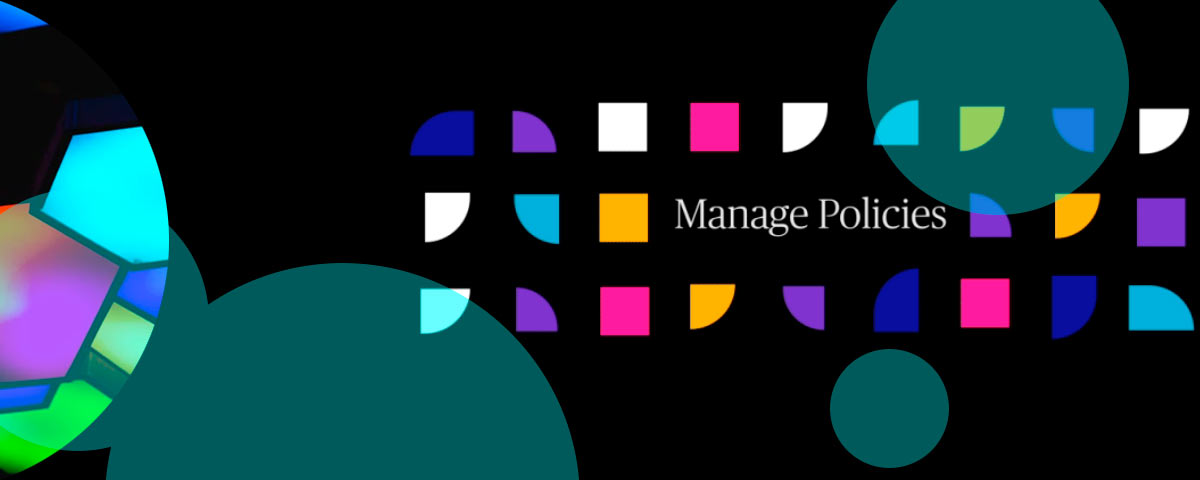Tokio Marine wants more than incremental tech upgrades. The Japanese insurer just struck a deal with OpenAI to pull generative AI into the guts of its operations.
Early focus lands on sales. Tokio Marine & Nichido Fire Insurance, part of the group, will use ChatGPT’s research muscle to pull demographic data at the regional level.
Sales teams then shape proposals built for real neighborhoods, not just abstract customer profiles. The insights get pushed across subsidiaries so group-wide strategies stay aligned.
Executives say the collaboration isn’t only about sales. They plan to thread AI agents into contract management, customer inquiries, and document workflows. The pitch: fewer delays, fewer clunky processes, more room for tailored experiences.
OpenAI brings the models—ChatGPT, DALL·E, Codex—that already changed how consumers and businesses mess with information. Tokio Marine brings scale.
The Tokyo-headquartered group sells property, casualty, and life insurance, plus a suite of financial products, across multiple markets. Together, they aim to cut manual work while keeping service personal.
A statement from Tokio Marine framed it as mission-driven: technology deployed not for novelty but for better support when customers face stress. According to the insurer, generative AI tools will play a growing role in how the company adapts and delivers in those critical moments.
As a first step, in developing sales strategies at sales departments of Tokio Marine & Nichido Fire Insurance, Deep Research capabilities of ChatGPT will enable collection of local information including regional demographics automatically.
“By incorporating the characteristics and information specific to each area, we anticipate that sales departments will be able to provide proposals that are even more closely aligned with the needs and problems of our customers.”
We think this move signals a shift. Large insurers aren’t dabbling anymore—they’re placing genAI into the workflow stack. Whether it sticks depends on how quickly customers notice the difference, and whether regulators feel comfortable with algorithms digging into sensitive data. That part of the story is still unfinished.









